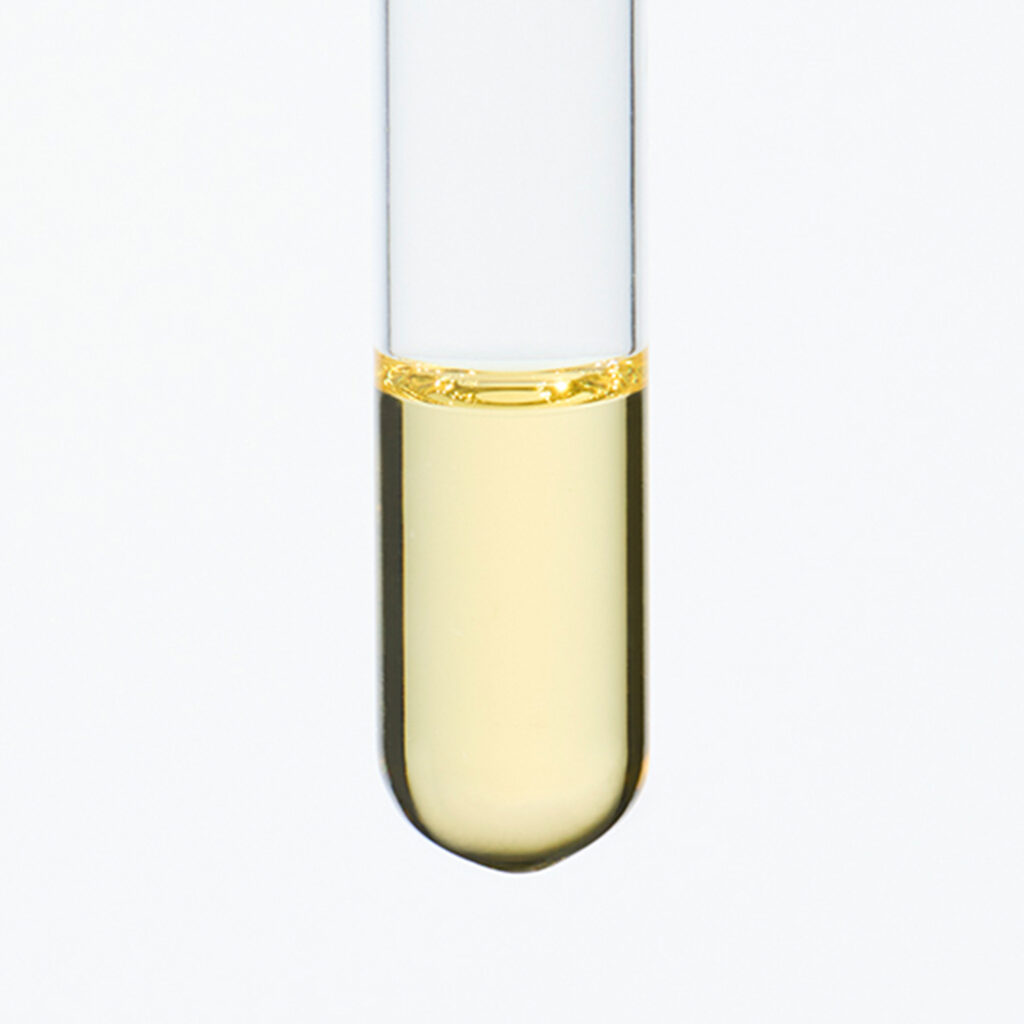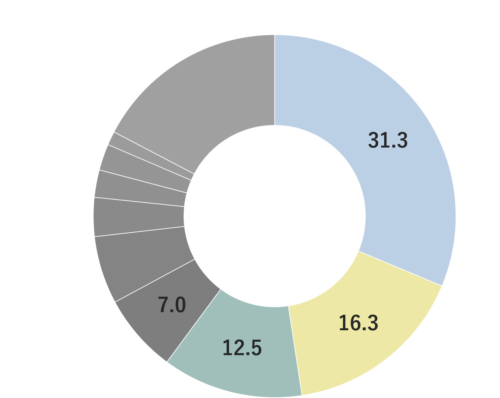Belonging to the Labitae family, Patchouli is a perennial herb growing up to 1 meters high. Its flower is mainly light purple and its green leaves grow dense and alternately. It has fine hair on both sides of its leaves, making it distinctive from other plants. The name patchouli, meaning green leaves, is said to have come from the Tamil words “patch”, standing for green, and “ilai”, standing for leaf.
This plant has been used for headaches, abdominal pain, and as antidotes to treat when bitten by insects or snakes. It’s initial origin was Indonesia, but it is also produced in Asia, Brazil, Paraguay, India and Sri Lanka today.



